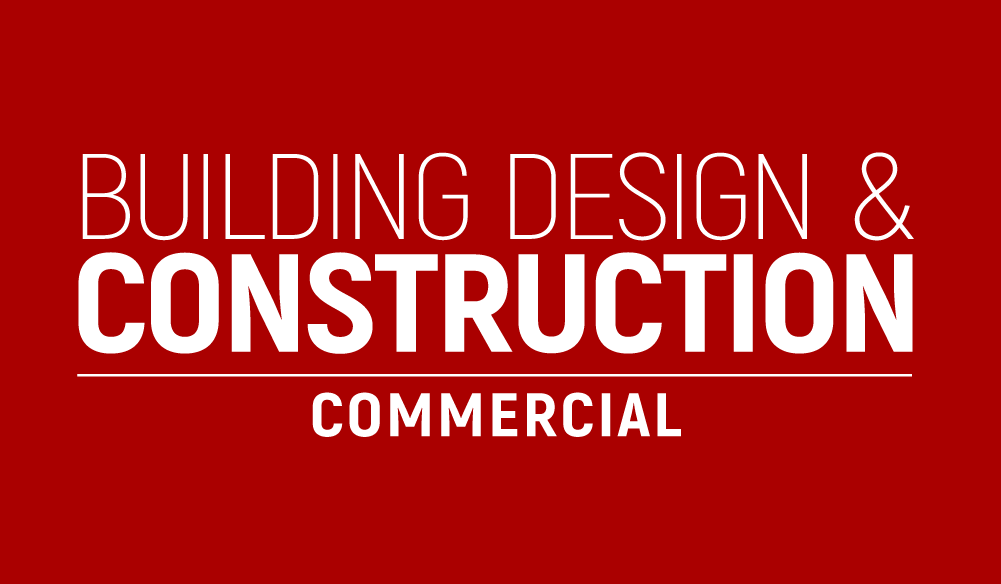It has recently been announced by the Royal Incorporation of Architects in Scotland (RIAS) that there are a confirmed twenty three organisations for this year’s architecture awards. With this year maintaining a highly diverse range of organisations, and projects, the awards for 2016 tie in with the Royal Incorporation of Architects in Scotland’s centenary years, providing ample reason for celebration across the board and highlighting the very best in Scotland.
Nodding to some of the key challenges which have been endured by professionals within the industry, the Royal Incorporation of Architects in Scotland’s President, Willie Watt, highlights how this year’s is an excellence list, covering projects of scale all the way from home extensions and reconfigurations through to major education provisions. “This is a list that fully demonstrates the privilege of living in our magnificent wee country and just how architects have embraced responsibility that brings with it.”
Of those nominated, there is an astounding variety, including Ryder Architecture, which was challenged with the provision of some 135,000 square feet of office space whilst simultaneously preserving a listed building. The project featured the integration of the space with brand new design concepts so as best to provide integration with the local community and surroundings.
Additionally, LJR+H Chartered Architects was also confirmed for the shortlist as a result of its work on the “Zinc-House”. As concept, the project incorporated the collection of a number of previously abandoned farm sheds to aggregate these spaces into a combined house of artistic nature, with a continuous roof; a truly innovative project, not solely from the perspective of inspired design, but also of utilising those assets already present and reusing them appropriates.
Another notable shortlist comes from John McAslan + Partners, for its scheme regarding the provision of direct access into the Surgeons’ Hall Museums, offering a glazed linked buildings to provide a great degree of visibility and aesthetic value on the street itself. Additionally, the project also allowed for increased accessibility.





